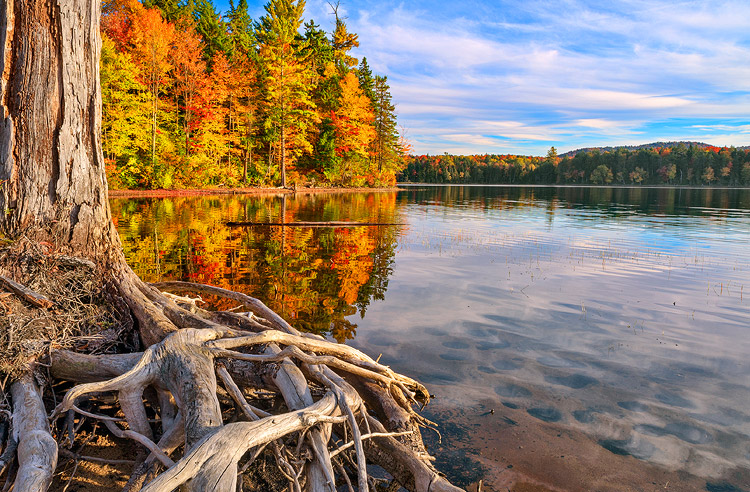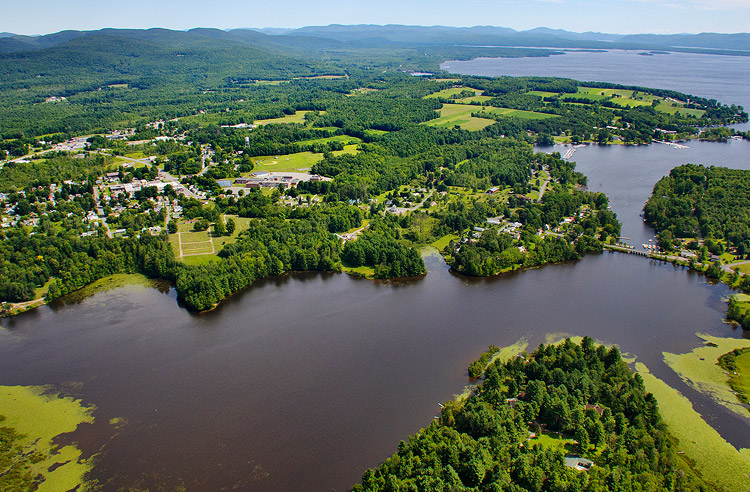What We Do
Clean Air & Climate
Climate change poses a host of threats to the Adirondack Park’s unique landscape and varied ecosystems. The Park is situated in a transition zone, where the mossy, spruce/fir (boreal) forests typical of Canada meet the mixed hardwood forests endemic to the Appalachian range and mid-Atlantic. This transition zone is rich with biological diversity, with timid and sensitive species from both zones finding refuge in Adirondack forests and waters.
Clean Water
Climate Impacts in the Adirondack Park
Clean water is the greatest ecological and economic resource of the Adirondack Park. Thousands of lakes and streams provide habitat, recreational opportunities and drinking water. The Council has worked for the past half century to advocate for funding and policies that protect the water quality of Adirondack lakes, rivers, and streams.
Wild Places
The Adirondack Council has worked with partners for 50 years to help protect lands and waters across the Adirondacks from development and to ensure state lands are managed in a way that prioritizes resource protection.
Before there was a New York State Open Space Conservation Plan, the Adirondack Council outlined a vision for protecting more wild places across the Park. The 2020 Vision series was the first long-range plan for protecting wild places and expanding the Adirondack Forest Preserve.
Farms & Forests/Communities
Well-stewarded forests and farms are not just beautiful landscapes, these privately owned working lands play an important role in the history of the region, the ecological health of the Park, and the vibrancy of its rural communities. Farms and forests also contribute significantly to the open space character of the Park.
The Adirondack Council works to promote sustainable practices on working forests and farms, helping to preserve large tracts of privately held land.




